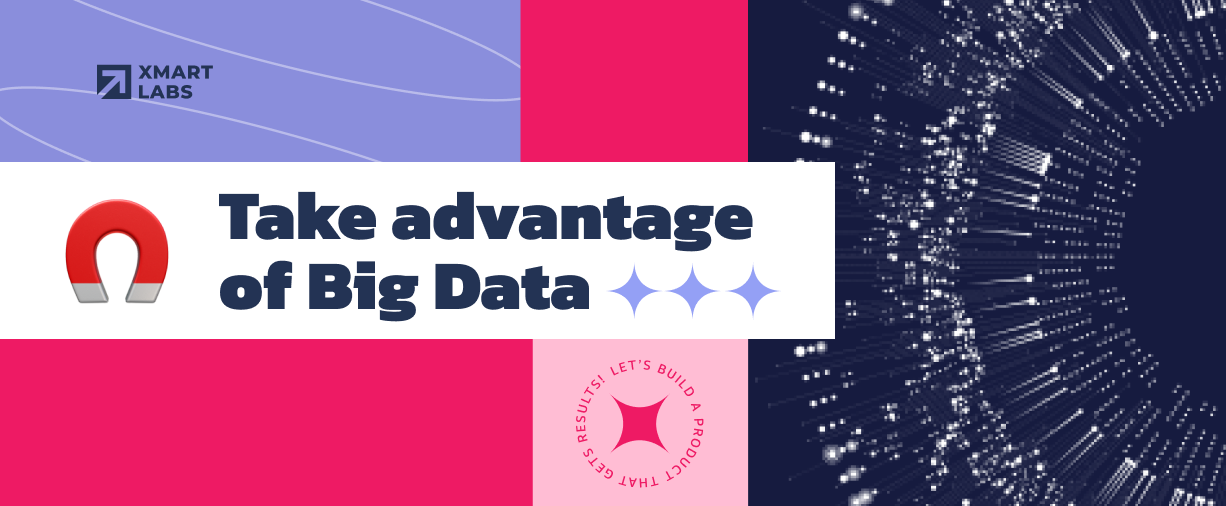
Businesses and startups are constantly increasing in quantity, so the search for distinguishing from competitors and looking for competitive advantage is more critical than ever. Big Data and Analytics have presented themselves as one of the most effective ways to stand apart from competitors and lead and grow your business as smartly as possible.
In this blog, we’ll discuss Big Data: what it is and how it can help big companies and startups take advantage of this fantastic technology that reduces uncertainty, increases data-driven decisions, and simultaneously analyzes thousands of variables and scenarios.
What is Big Data?
Big Data refers to large and complex sets of information being generated constantly in different formats. Extracting value from this kind of data using traditional data processing software is impossible due to technical limitations. These limitations are caused by the 4 V’s.
The 4 V’s of Big Data are volume, velocity, variety, and value. Big Data tools are needed when a data project needs to handle large volumes of data coming at high velocity in a variety of formats. Those formats can be structured data, semi-structured data, and unstructured data.
To take advantage of it, Big Data Analytics comes to play. It is the process to examine large amounts of data to uncover hidden patterns, trends, correlations, customer preferences, and more insights. After obtaining and cleaning the data, business analysts can work together with data analysts to use visualization tools and find these insights, leading to a more informed decision-making process.
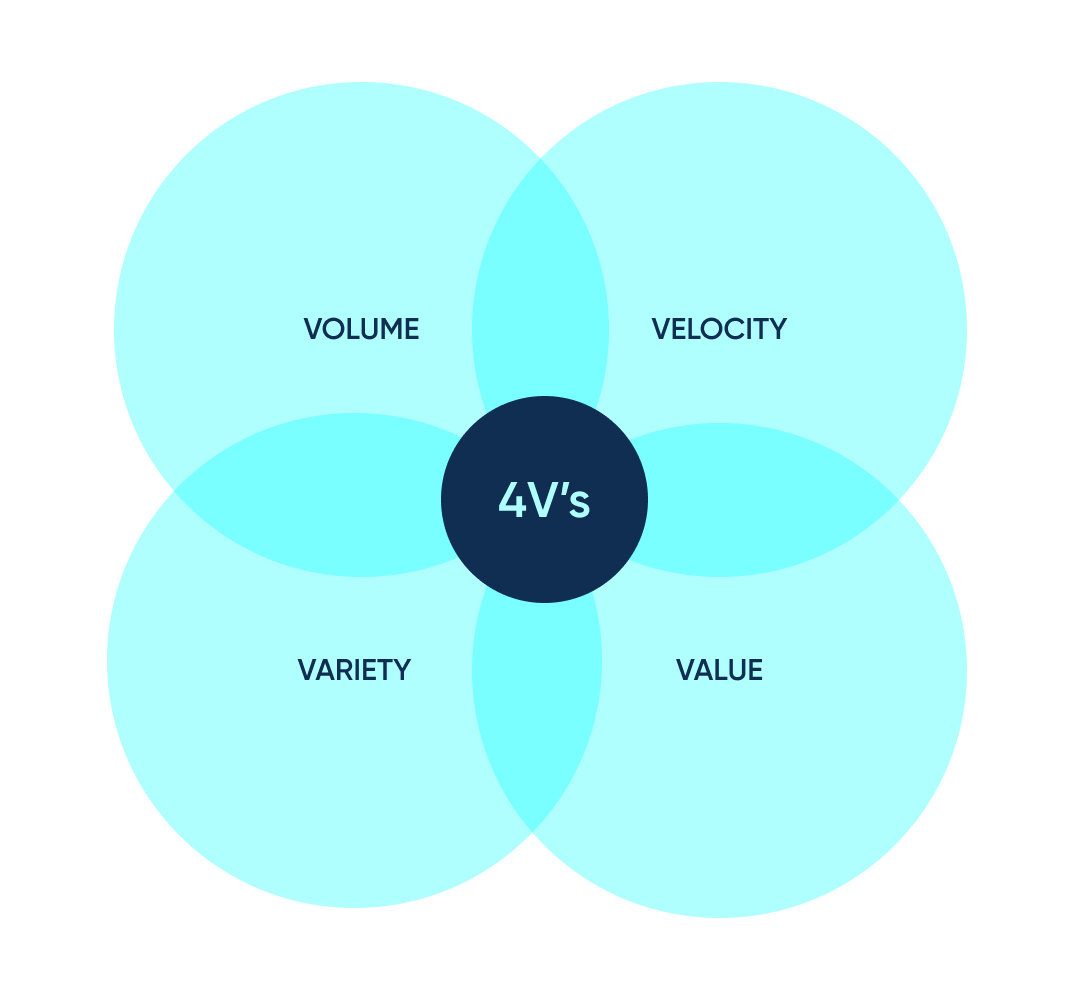
The Benefits of Using Big Data and Analytics
The following are example use cases where Big Data and Analytics can be useful for managers looking to improve their business analytics. Most of these cases involve some degree of business intelligence, data science, real-time data analysis, statistical analysis, and the use of specific programming languages.
Famously there are four types of data analytics: descriptive, diagnostic, predictive, and prescriptive. We will focus not on the specific types but on the results you might get from them.
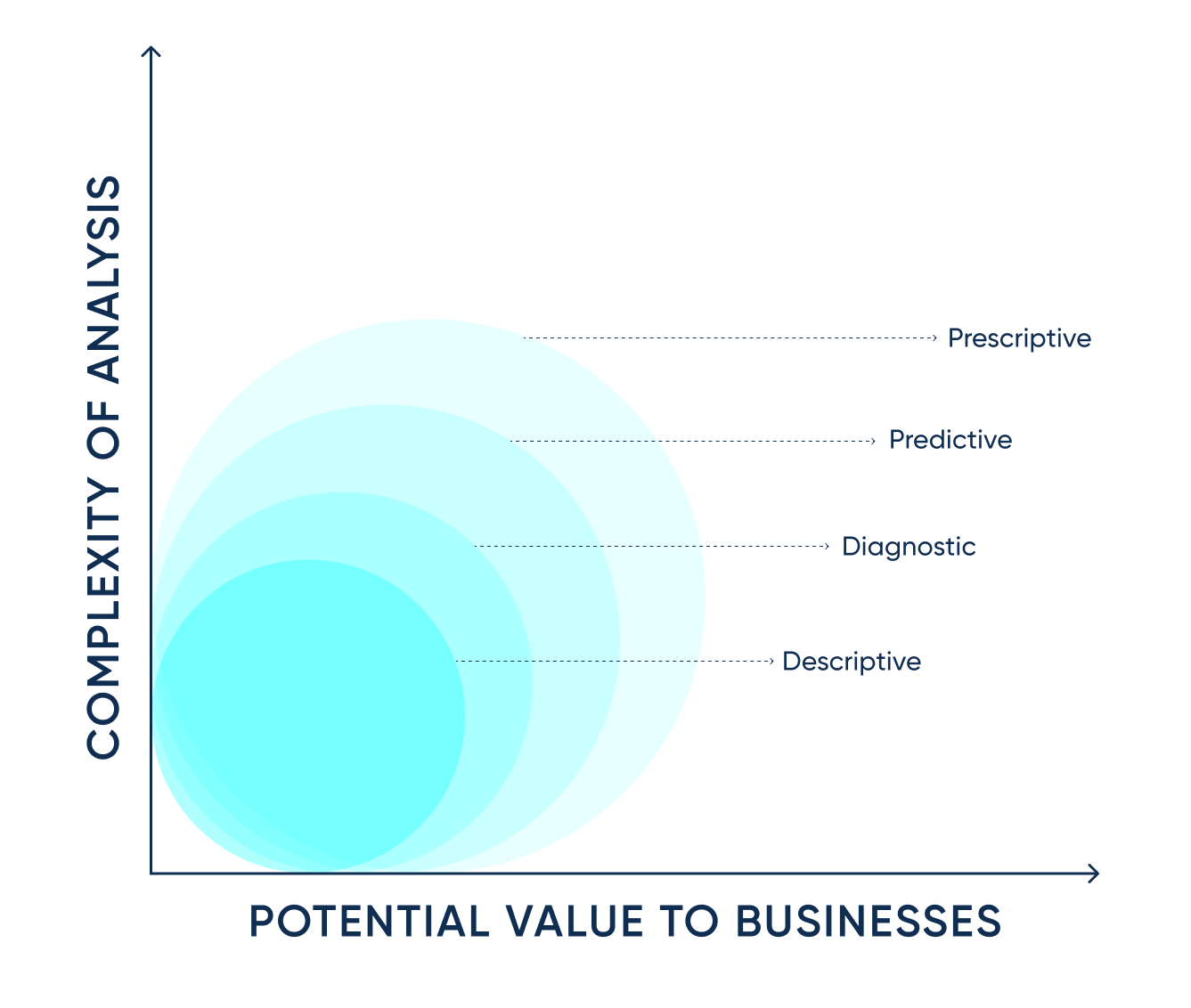
Cutting Costs
Once a business begins to track sales, expenses, and manufacturing costs at monthly and yearly rates, patterns will appear. Putting all this data together and generating insights could lead a business to improve how the budget is distributed to fit its goals and vision.
A case study made by Jared Dean for the book Big Data, Data Mining and Machine Learning showed how a manufacturing company used big data to reduce costs. A case study made by Jared Dean for the book Big Data, Data Mining and Machine Learning showed how a manufacturing company used big data to reduce costs. When a failure is found in quality control, the entire facility has to stop working until they find the culprit and every single second causes revenue loss.
In this case study, the company used big data to process the information collected. They quickly found the source of the problem, enabling them to fix it as soon as possible and avoid more economic loss.
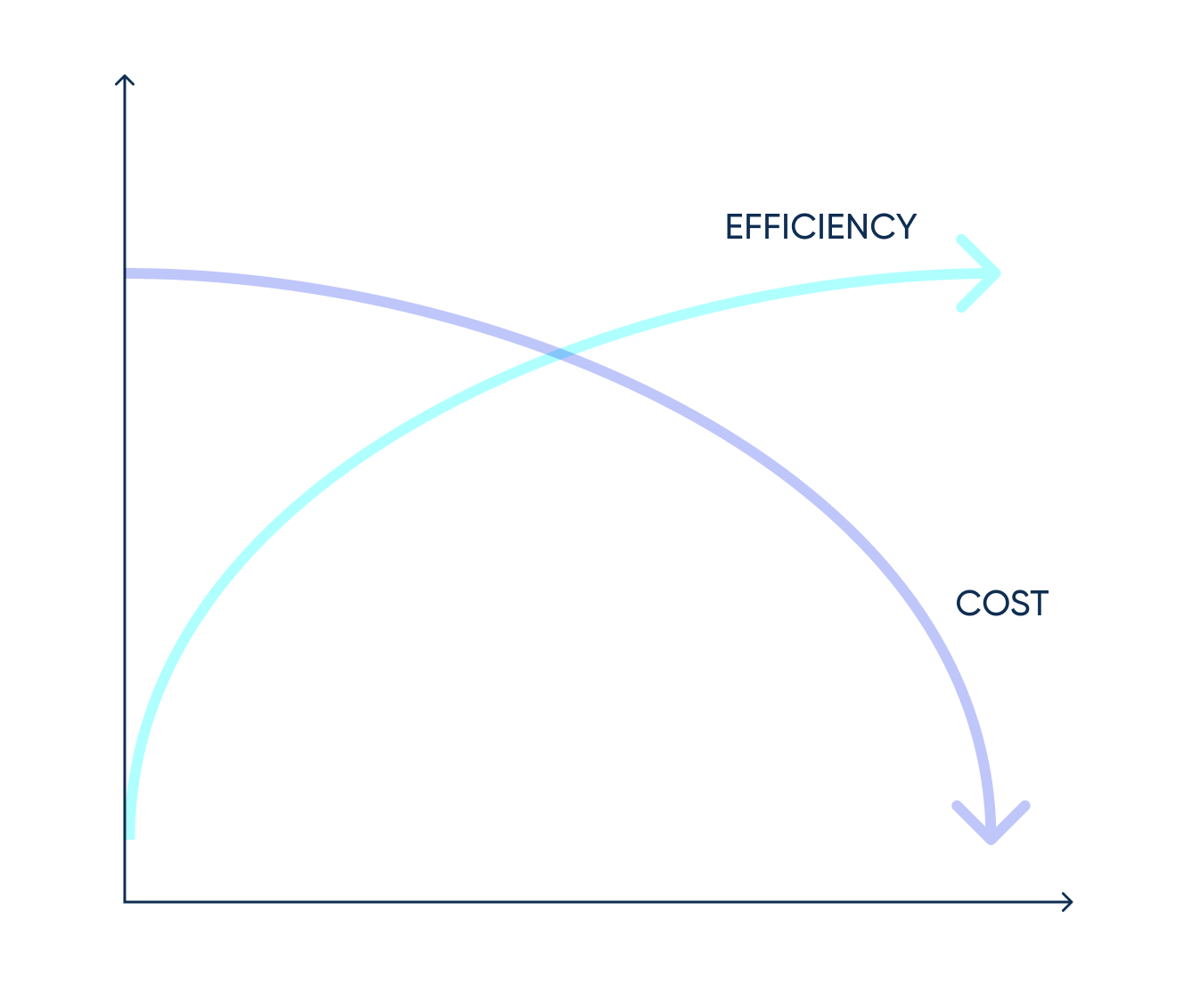
Create customer-centric experiences and retain clients
Tracking clients’ behavior can help businesses focus on their customers, understand their wants and needs, and make business decisions based on facts instead of being focused on competitors.
With this data, businesses could determinate which are the main reasons for clients leaving and adjust what is needed for them to stay. Furthermore, they could find customers that have driven more revenue to send promotions to similar profiles and attract new ones (aka targeted promotion, see below).
An example of this is Amazon, whose mission is to be “Earth's most customer-centric company” which has been one of the keys to its success.
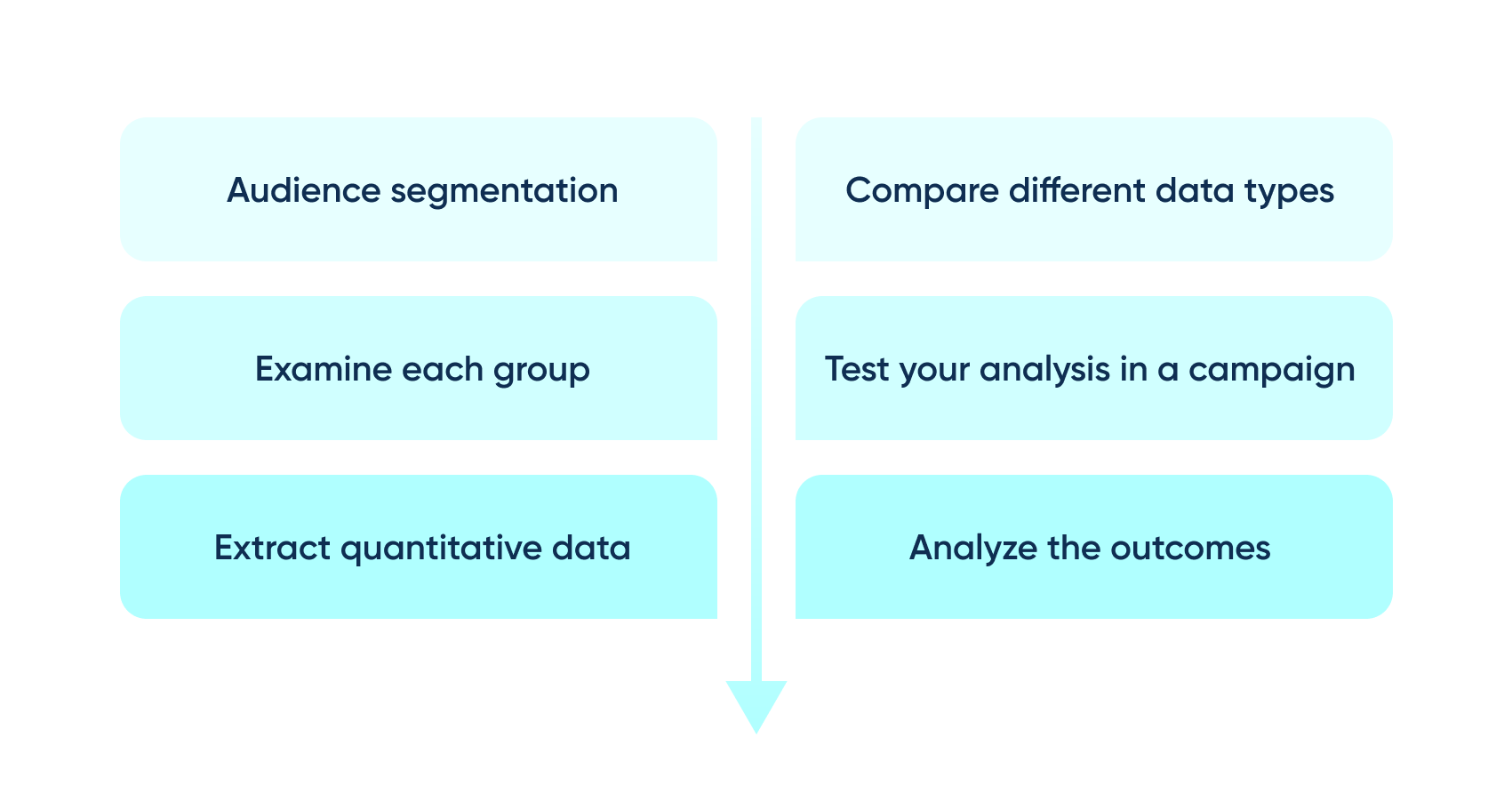
Targeted Promotion
Social media generate tons of terabytes every day. This data can be used to promote products or services to a particular audience and then iterate over campaign results in order to reach desired customers.
If this information is analyzed together with customer behavior, it could improve even more audience targeting to focus on a particular type of customer on a particular campaign and communication method.
Data-Driven Innovation
It is possible to talk about shortening go-to-market times. Although you arrive with an MVP, thanks to the data collection, you can improve your product based on user feedback. This gives you a chance to make updates based on each user interaction and make changes according to market changes.
This is market validation supported by Big Data. If feedback collection is automated, a data pipeline could be set up to analyze customer reactions to each iteration and improve the product or service based on the information provided.
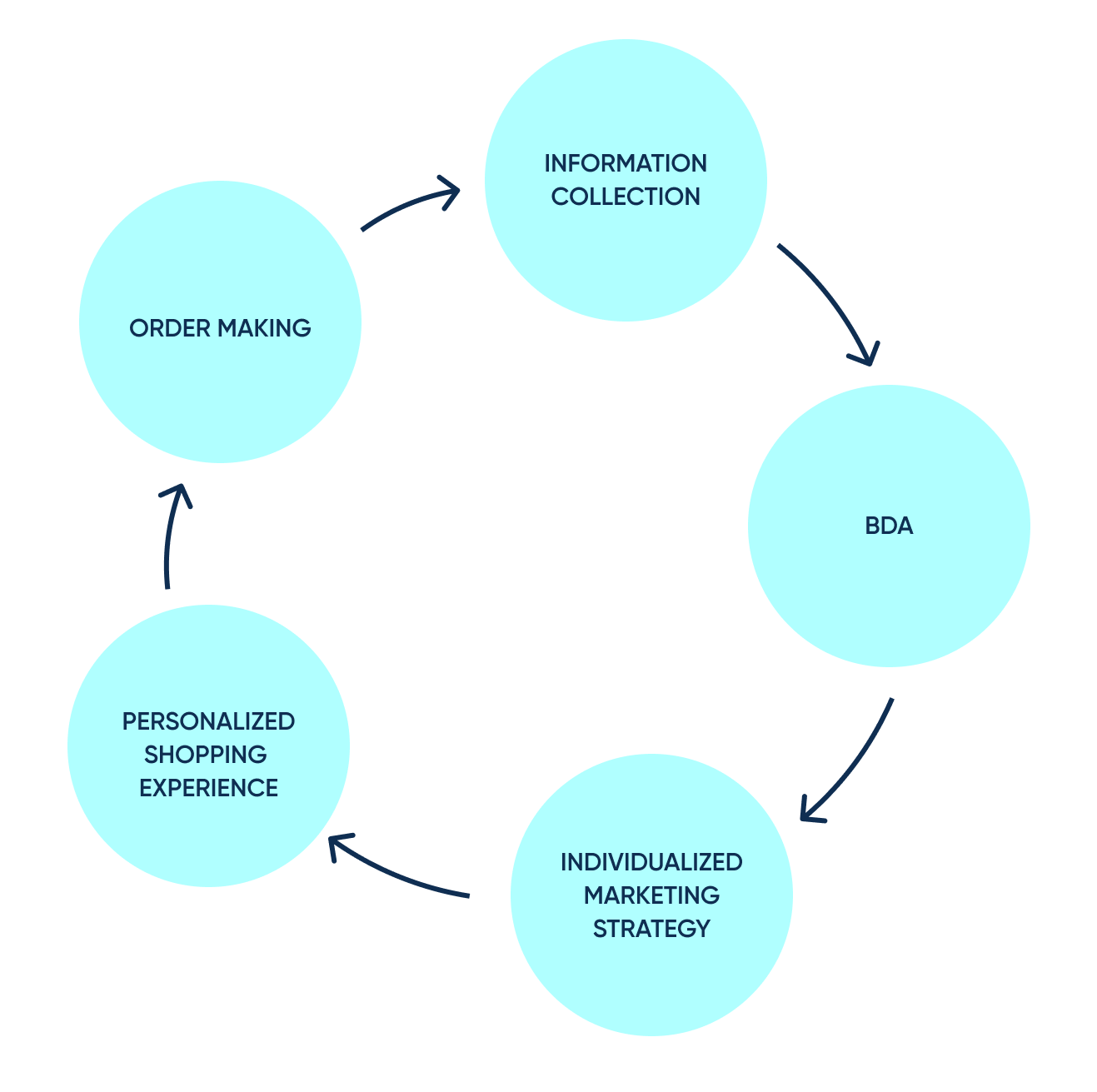
Future Forecasts
Having a significant data pipeline in place helps to keep a record of a variable's (and its related variables) historical data points to forecast. With that information and the proper development process, Machine Learning models that predict possible future values can be put in place.
An example of this is sales or expense forecasting. With historical sales or expenses data and related variables, ML models could give a hint about future values based on the patterns found in historical data.
What you need to know before you start using Big Data
- The questions or issues you need the data to answer or help you solve. There’s no one-size-fits-all when it comes to data, and not all metrics have the same importance for everyone. What questions should you ask to get the most out of your data? Understand your goals.
- Be aware of the investment you may need to do and whether you can do it and are willing to. You can also look for cheaper alternatives. But have a budget in place.
- Make sure you have someone who will be able to interpret the results and make sense of the data through descriptive analytics. A specialist or an external team.
How to get started with Big Data
First, define a goal. What is the purpose of the project? Cutting costs, tracking customers, making data-driven decisions, forecasting?
Based on the goal, identify the data sources you’ll need or data sets you already have. Business analysts work with the data team to find critical files, databases, or data sources that will be needed to fulfill the project’s goal. To align required resources, identify information that’s needed but not yet available.
Then, the data team can propose a set of technologies and procedures to achieve the goal with the gathered information. They need to be aware of any budget, legal, or technical restrictions to comply with them and choose the right tools and methods.
After that, an iterative process begins in which data engineers set up the infrastructure to run the required software while the data management process is developed. Business IT resources need to be ready to provide access to data sources or generate new ones.

How Big Data can create business opportunities
- Data Analytics: Data Analysts work together with business analysis to define and generate metrics, KPIs, and charts to help in decision-making. They understand both the data and the business in order to provide hints on data visualization.
- Machine Learning: ML Engineers create models to forecast or classify data based on previous examples. ML models search for patterns and then use them to forecast future trends. This can be used as another input for a decision-making process or even automated if the model accuracy is as high as needed.
- Data Engineering: Data Engineers focus on data ingestion and underlying infrastructure, preparing a suitable environment for data analysts, data scientists, and machine learning engineers to take advantage of the available data. This option could be helpful for businesses that can train people to analyze data but need someone to handle the rest.
Conclusion
As a business owner, you have so much on your plate, so we understand that sometimes it's hard to find time to analyze and work on your data. That's why we've developed three different lines of engagement within our data consultancy services to help you get the most out of your data:
- If you already have a data workflow in place but want to boost analytics or machine learning, we can help with that!
- If you have the budget but not the infrastructure necessary, our team will take care of everything from setup to maintenance.
- If you have access to data and need someone else who knows how best to exploit it, our team has years of experience working with clients just like you.
Stop working for your data so the data can work for you!
👉 When can I start using big data in my business? Contact us for more information about data analytics consultancy or big data consultancy possibilities.
